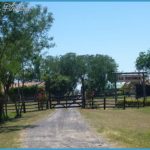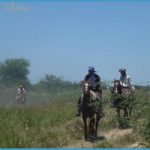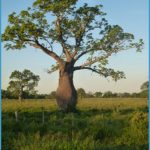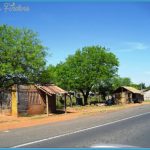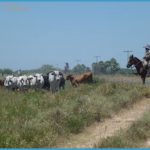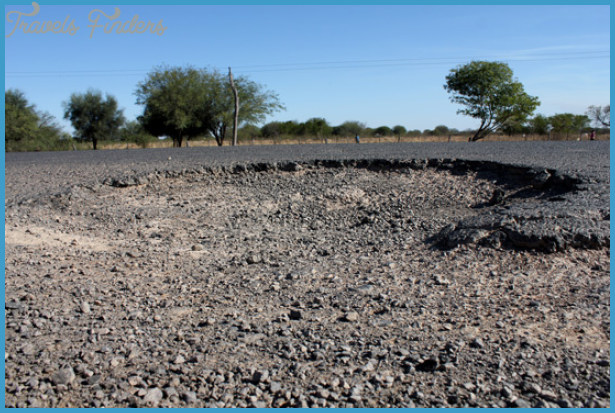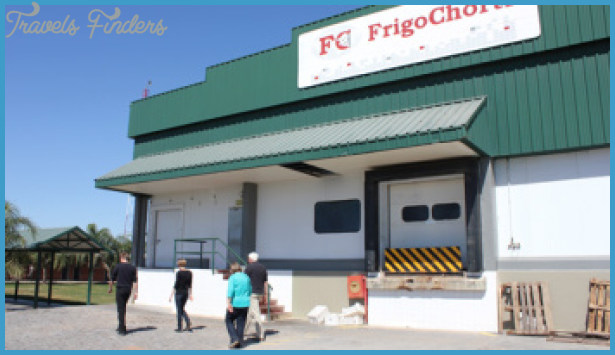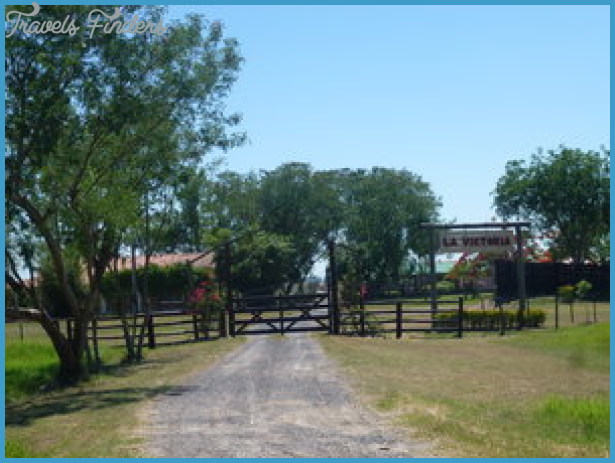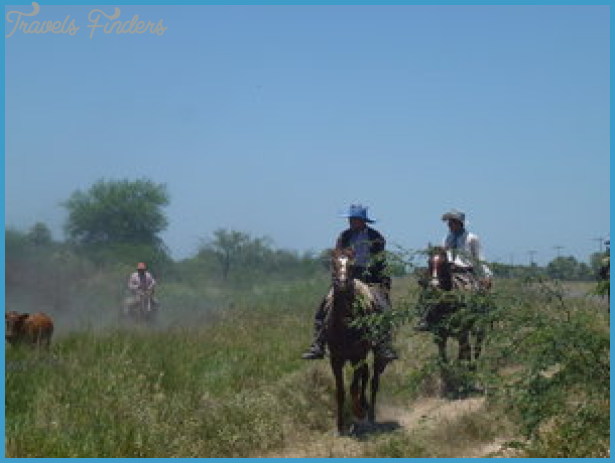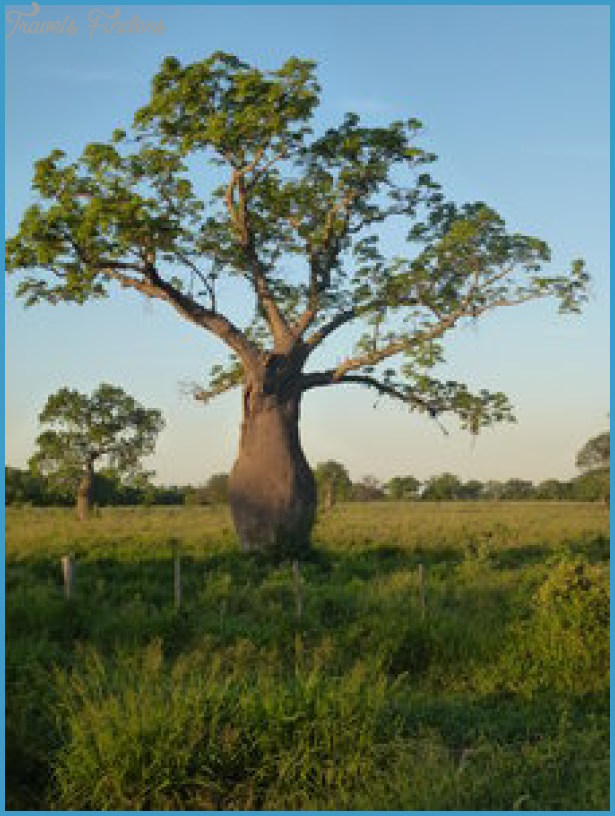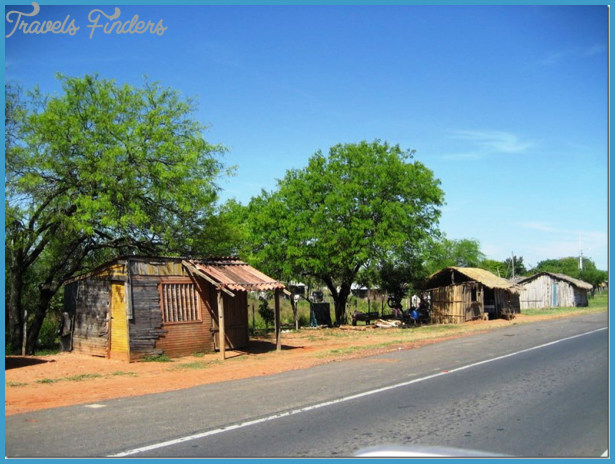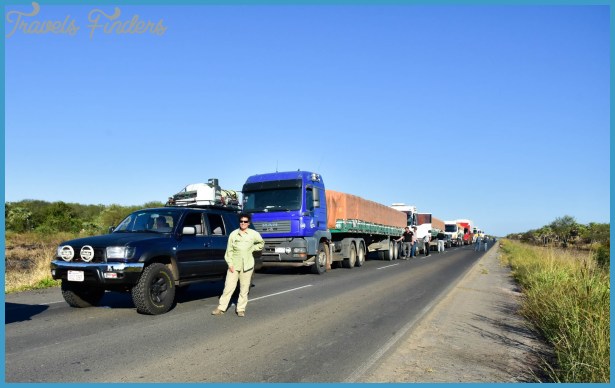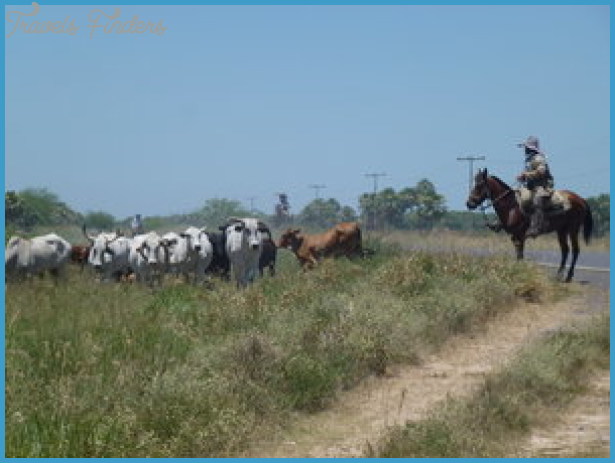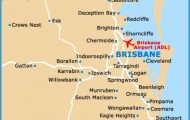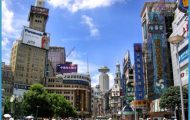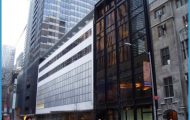The Trans Chaco Highway begins in Eastern Paraguay in the city of Mariano Roque Alonzo, fifteen kilometers to the northeast of Asuncion. The highway then crosses the Paraguay River by way of the Puente Remanso. From here, the nearest city is Villa Hayes, named, as is the entire department, after American President Rutherford B. Hayes. There is not much for tourists in this riverside city, though the nearby San Fransisco agricultural school is worth the visit. Continuing north is Pozo Colorado, a dusty town noteworthy only for being at the crossroads with Route 5 which leads east over Puente Nanawa across the Paraguay River to the city of Concepcion.
The cities of Filadelfia, Loma Plata, and Neuland are clustered together approximately 170 kilometers to the north of Pozo Colorado and function as the administrative centers for the Fernheim, Menno, and Neuland Mennonite colonies respectively. Of the Chaco’s major cities, Filadelfia has the most tourism infrastructure, followed by Loma Plata. The largest of the Mennonite colonies, Filadelfia is a good base for those interested in seeing the region’s flora and fauna as well as historic sites. Standard tours include a visit to the Mennonite themed museums of each city (Filadelfia’s museum being the largest and most popular), combined with a trip to Chaco War battle grounds of Fortin Boqueron and nature observation in one of a handful of nearby salt water lagoons such as Campo Maria, Chaco Lodge, or Laguna Capitan.
The Palo Borracho
In keeping with the Chaco’s inhospitable nature almost all the region’s flora seems to be covered in thorns. Perhaps the most visible example of this phenomenon is the spike covered trunk of the palo borracho (drunken stick) tree. These bizarrely bulbous and spiky trees dot the landscape of the Chaco Central and Alto Chaco, each one stranger looking than the next. The trees have adapted to the dry climate. The sponge-like interior of their trunks puff up with water absorbed
during the rainy season. During the Chaco War, many sharpshooters sought cover in hollowed out palo borracho, carving out a small hole in the tree through which to point their guns. Despite their aggressive-looking exteriors palo borrachos do have a softer side, quite literally. Throughout the winter large oval pods hanging from the branches explode into large cotton-like tufts which drift away in the wind, carrying the tree’s seeds with them. And during the fall the trees are blanketed with large pink and white flowers. The grounds of the Hospital Eirene in Filadelfia (Tel: 0491 32194, about one kilometer down Calle Trebol) and Neuland’s main plaza offer excellent and quirky looking examples of palo borracho trees.
As you pass Filadelfia, the conditions of the Trans Chaco Highway deteriorate as the road reaches the city of Mariscal Estigarribia. Every year the nearby community of Santa Teresita holds their Arete Guazu festival in celebration of the harvest. Though Paraguay has a significant indigenous population, this festival is one of the few indigenous ceremonies that can be relatively easily witnessed by tourists. Mariscal Estigarribia is home to a major military base and the immigration and customs check point for those continuing on to (or entering Paraguay from) Bolivia.
Past Mariscal Estigarriba the Chaco is a veritable no-man’s land where few Paraguayans and even fewer tourists venture. Buses to Santa Cruz, Bolivia continue north and then turn off the Trans Chaco highway, heading west towards Mayor Infante Rivarola, the last stop before the border. A dirt road turns off towards the wilderness north of Mariscal Estigarribia to the remote Defensores del Chaco national park. Adventurous nature observers head here in the hopes of spotting jaguars and other endangered animals. Continuing north from Mariscal Estigarriba along the Trans Chaco highway one arrives at the smaller and often overlooked Teniente Enciso national park. Past this point, the road is traveled only by infrequent trucks transporting livestock from remote northern ranches and cargo trucks bringing in merchandise (both legal and otherwise) from neighboring Bolivia and Brazil.
A land of extremes, the Chaco takes its toll on visitors – those who wish to brave the wild on their own must be extremely careful, while the comforts of a private tour come with a steep price tag. Although expensive, hiring a private guide is a worthwhile option for those interested in nature observation. With the exception of birds and armadillos, animals are rarely spotted along the main road. Traveling with an experienced guide will increase your likelihood of seeing wild animals. Private guides can facilitate visits to parks and reserves as well as private properties (such as ranches and private nature reserves) where fauna is known to be abundant. In addition, reputable guides will be adequately prepared for any eventualities along the way. Fauna Paraguay, Guyra Paraguay, Hans Fast, and Gran Chaco Tours, the last two based out of Filadelfia, are good options (see Chaco Tour Guides). Striking out on your own in the Chaco can be prohibitive both in terms of scheduling and expenses. Of the sites mentioned above, only the Mennonite museums are accessible by reliable and frequent public transportation. Public transportation to national parks is sporadic, especially during the summer when both climate and road conditions are grueling. Whether traveling by private vehicle or relying on buses, proper precautions must be taken when going off the main road (see Driving in the Chaco). The Chaco is sparsely populated with few places to stock up on provisions beyond the Mennonite colonies (Mariscal Estigarribia is the last dependable source for fuel), so it is absolutely essential to pack a surplus of supplies.
Many backpackers mistakenly believe they will be able to catch a glimpse of the Paraguayan Chaco while traveling via bus to Santa Cruz, Bolivia. Unfortunately these buses depart from Asuncion in the afternoon, reaching the Chaco once the sun has gone down. If you wish to continue on to Bolivia after exploring the Chaco, buses headed to Santa Cruz pick up passengers in Mariscal Estigarribia. Recommended bus companies: Both Nasa-Golondrina and Stel Turismo have buses that service the Chaco’s most populated towns. Buses tend to be either sweltering or freezing depending on whether the A/C is working.
Major bus stops along the Trans Chaco Highway: Villa Hayes, Pozo Colorado (turn off to Concepcion), Filadelfia, Mariscal Estigarribia.



